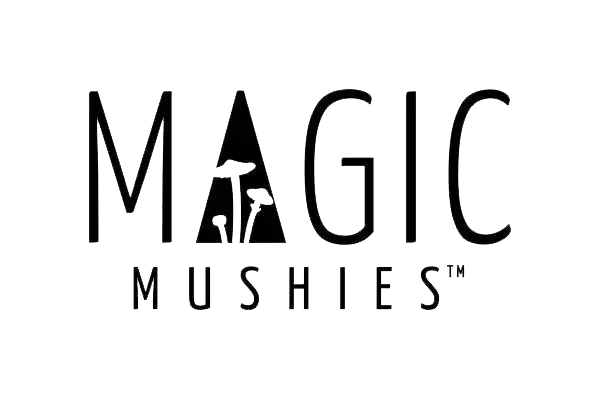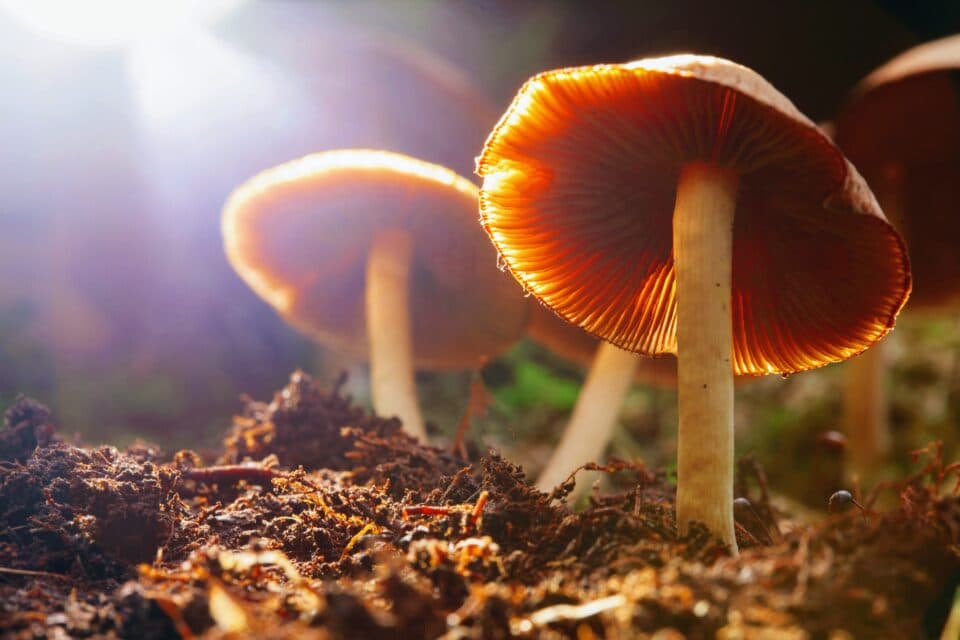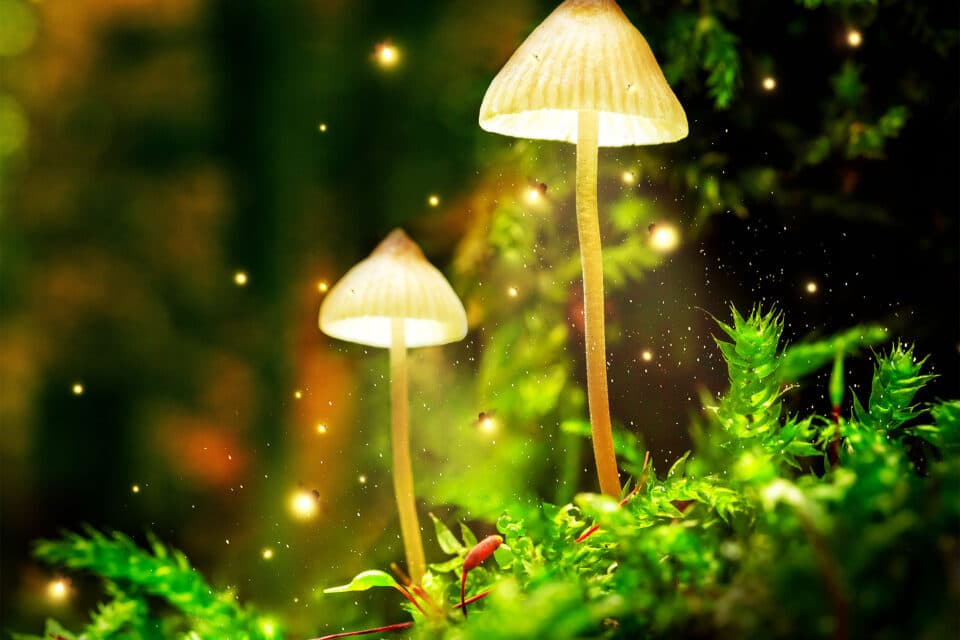The hallucinogenic compound psilocybin, found in approximately 200 species of mushrooms such as the liberty cap (Psilocybe semilanceata), has been known and utilized by our ancestors for thousands of years.
Recently, there has been a resurgence of interest in psilocybin’s potential therapeutic applications, particularly in the fields of mental health and addiction treatment.
Researchers Himanshu Khandelia and Ali Asghar Hakami Zanjani from the Department of Physics, Chemistry and Pharmacy at the University of Southern Denmark are among those who believe psilocybin could transform how we treat conditions like severe depression and substance addiction.
Khandelia’s curiosity was initially sparked by a podcast discussing the use of psilocybin for smoking cessation. Since psilocybin mushrooms are abundant in Denmark, it was easy for the researchers to begin their investigations.
Khandelia and Zanjani are particularly interested in understanding the molecular processes that occur when psilocybin is ingested, metabolized into psilocin, and enters the brain. Previous research has indicated that psilocin binds to serotonin receptors in the brain.
Zanjani elaborated on this, stating, “We show that psilocin binds stronger than serotonin to a 5-HT2AR serotonin receptor. This knowledge can be used if you want to design a drug that acts like psilocybin.”
While neither Khandelia nor Zanjani are neuroscientists or pharmacologists, their focus is on studying and describing the molecular interactions between psilocin and brain cells, specifically how it penetrates cell membranes and binds to receptors.
Khandelia expressed hope that their research could be utilized by society, perhaps inspiring others to develop molecules for medical treatments, such as those for depression.
The pair plans to continue their work in this area, with their next step being to investigate the mechanism by which compound-receptor binding triggers psychoactive responses.
The landscape for psilocybin research has improved significantly in recent years, with growing interest in its potential for treating conditions like depression, addiction, anorexia, and PTSD. Since the 1960s, many countries had imposed strict bans on researching hallucinogenic substances like psilocybin and LSD.
Before that, Swiss chemist Albert Hoffman had isolated psilocybin and psilocin from the P. mexicana mushroom in 1959, and the pharmaceutical company he worked for sold pure psilocybin for medical use.
However, by the late 1960s, many countries tightened legislation on psychoactive substances, which significantly hindered research on psilocybin and similar compounds. Fortunately, in recent years, countries like the United States, England, and Denmark have reentered the research field with a more cautious approach.
As psilocybin research progresses, it is crucial to acknowledge the potential side effects, such as hallucinations and feelings of disconnection from reality, that can occur whether the substance is ingested as a mushroom or in a medically prescribed tablet.
Zanjani highlights the need for caution when exploring psilocybin as a treatment option, ensuring that the benefits outweigh the potential risks.
“Research shows that you experience something different. It is a form of hallucination. The characteristic is that patients may get a whole new perspective on their situation: for example, a terminally ill cancer patient may lose their fear of dying soon and instead experience acceptance of their life situation. Such sessions should take place in safe and guiding settings led by trained therapists. Today, no one would recommend just eating some mushrooms at home in their own living room.”
The experts have recently published their findings in the journal Biochimica et Biophysica Acta (BBA) – Proteins and Proteomics. The article is the third in a series on the same topic from the two researchers (Interaction of psychedelic tryptamine derivatives with a lipid bilayer and Magic mushroom extracts in lipid membranes).
The newest study’s co-authors are Teresa Quynh Tram Nguyen and Luise Jacobsen. The work is supported by the Lundbeck Foundation and the Novo Nordisk Foundation.
More about the benefits of psilocybin therapy
Psilocybin therapy is a novel approach to mental health treatment that involves the use of psilocybin, a naturally occurring psychedelic compound found in certain species of mushrooms, often referred to as “magic mushrooms.”
The therapy takes place in a controlled clinical setting under the supervision of trained therapists. Psilocybin therapy has gained significant attention in recent years due to its potential benefits for various mental health conditions. Here is a more in-depth look at the therapy and its potential applications:
Treatment process
Psilocybin therapy typically involves a series of sessions, which include preparatory meetings, psilocybin-assisted therapy sessions, and integration sessions. During the preparatory meetings, the therapist and the patient build rapport and discuss the patient’s expectations and goals for the therapy.
The actual psilocybin-assisted therapy sessions involve the administration of a controlled dose of psilocybin, during which the patient experiences a psychedelic trip that can last several hours. The therapist provides support and guidance throughout this experience.
Finally, in the integration sessions, the patient and therapist work together to process and reflect on the insights gained during the psychedelic experience and develop strategies for incorporating these insights into daily life.
Set and setting
A crucial aspect of psilocybin therapy is the emphasis on “set” (the patient’s mindset) and “setting” (the therapeutic environment). The therapist ensures that the patient feels safe and supported, and the environment is comfortable and conducive to introspection and personal growth.
Mechanism of action
Psilocybin is thought to work by binding to serotonin receptors in the brain, particularly the 5-HT2A receptor. This binding can lead to changes in neural connectivity and promote neuroplasticity, which may contribute to the lasting therapeutic effects of the treatment.
The psychedelic experience itself can also lead to profound psychological insights, which can help patients address the underlying issues contributing to their mental health symptoms.
Potential benefits
Psilocybin therapy has shown promise in treating a variety of mental health conditions, including treatment-resistant depression, anxiety, obsessive-compulsive disorder (OCD), and addiction.
Many patients report lasting improvements in their mental health following psilocybin therapy, often after just a few sessions. Additionally, psilocybin therapy has demonstrated benefits in improving psychological well-being, emotional regulation, and interpersonal relationships.
Research and legality
While psilocybin therapy is still considered an experimental treatment and is not yet widely available, numerous clinical trials are underway to further investigate its efficacy and safety. Some jurisdictions, such as the city of Denver and the state of Oregon in the United States, have taken steps toward decriminalizing or legalizing psilocybin for therapeutic use.
As research continues to demonstrate the potential benefits of psilocybin therapy, it is likely that more regions will consider legalizing or decriminalizing the substance for therapeutic purposes.
It is important to emphasize that psilocybin therapy should only be conducted under the supervision of trained professionals in a controlled clinical setting. Self-administration of psilocybin without appropriate guidance can be dangerous and is not recommended.
Source: Scientists learn why psilocybin mushrooms make you hallucinate






